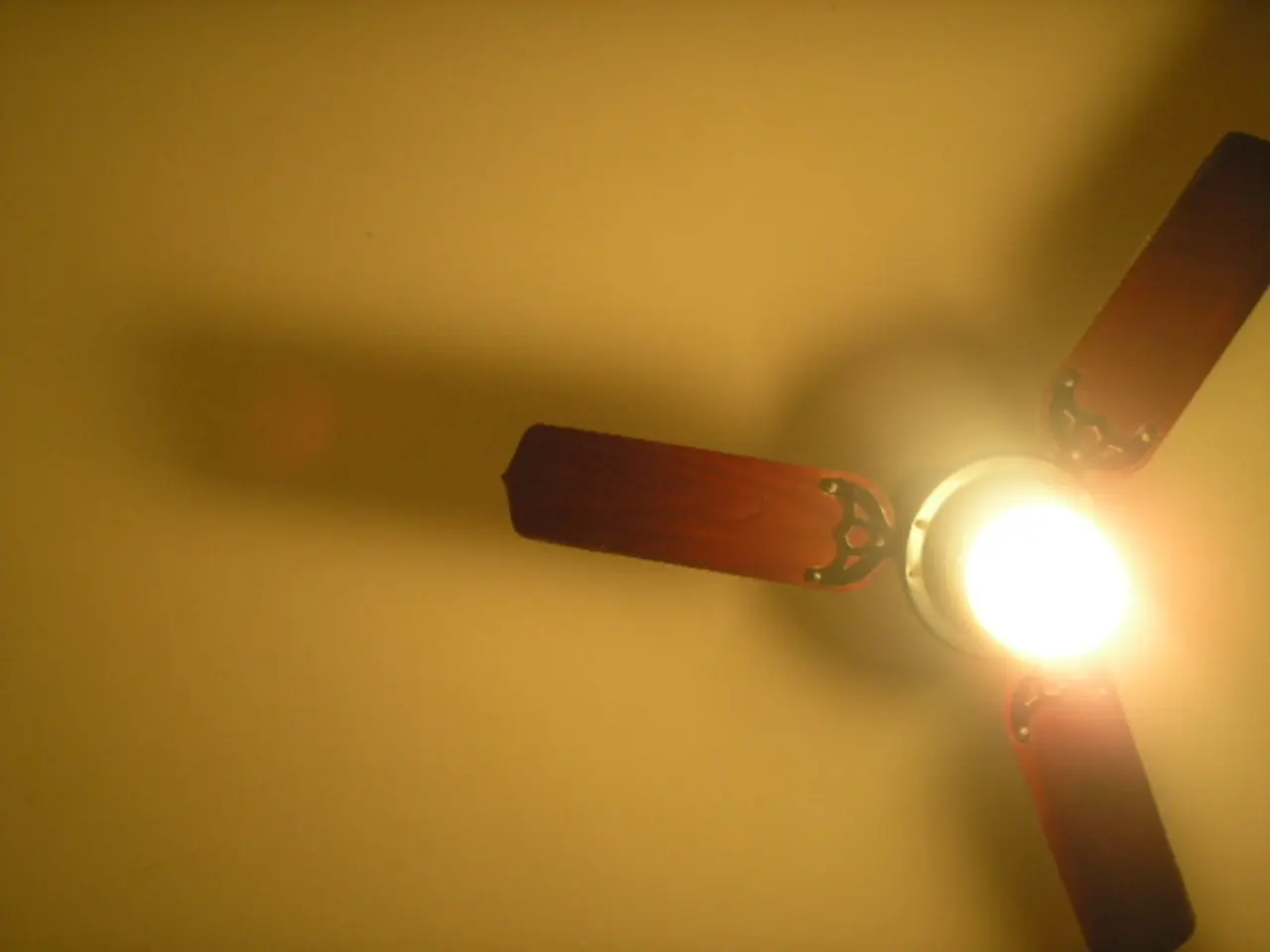Unveiling a Revolutionary Approach to Home Cooling: The Recent Innovation Slashes Energy Expenses!
In the realm of home cooling solutions, a new contender is making waves: the radiant ceiling system. This innovative technology, which relies on basic thermodynamics rather than mechanical force, offers a compelling case for energy-efficient, low-emission, and low-maintenance solutions.
The radiant ceiling cooling system operates by circulating cold water through pipes embedded in the ceiling. This cools the ceiling surface, which in turn draws heat away from the space primarily through thermal radiation rather than forced air convection. Because heat travels to colder surfaces, the cooled ceiling continuously attracts heat rays from walls, furniture, and occupants, maintaining a comfortable environment without creating hot or cold spots.
One of the key benefits of radiant ceiling cooling is its energy efficiency. Cooling with chilled water requires less energy than traditional air conditioning because water has a higher heat capacity than air, and the system operates at lower temperatures. This leads to significant energy savings, with estimates suggesting that the radiant ceiling cooling system can save up to 30% on operating costs compared to conventional air conditioning.
In addition to energy savings, the system offers improved comfort. It keeps room surfaces and air temperatures stable and comfortable, with even temperature distribution and reduced drafts or noise. The minimalist aesthetic, with cooling elements hidden in the ceiling, also adds to its appeal.
Despite the higher initial installation cost due to embedded piping and integration needs, the radiant ceiling cooling system is a cost-effective and sustainable option. Its lower operational energy costs and minimal maintenance over time make it a worthy investment, particularly favored in Europe’s push for greener building technologies.
However, the system is not without its challenges. Installation complexity and cost, integration with ventilation, the risk of condensation, and retrofitting limitations are potential disadvantages. Existing buildings without accessible ceiling space or with architectural constraints may find radiant ceiling cooling difficult or expensive to install compared to traditional AC units.
The adoption of the radiant ceiling system is largely regional, with Germany, Switzerland, and Nordic nations being early adopters. In France, the adoption remains limited but is growing. As electricity prices rise and awareness of energy efficiency grows, many homeowners are considering the long-term benefits of the radiant ceiling system. Experts argue that the long-term benefits, such as energy savings and low maintenance costs, outweigh the initial installation costs.
In a world where energy-efficient, low-emission, and low-maintenance solutions are becoming increasingly important, the radiant ceiling system is gaining popularity. Its silent, steady, and draft-free cooling effect, combined with its potential for significant energy savings and improved indoor comfort, makes it an attractive option for homeowners and businesses alike.
The radiant ceiling system, with its focus on thermal radiation rather than air convection, offers a shift towards a more energy-efficient lifestyle in home cooling solutions, powered by technology. Its silent operation and energy savings up to 30% compared to conventional air conditioning make it a sustainable option, aligning with Europe's push for greener building technologies.
In a world where energy-efficient solutions are gaining prominence, the integration of the radiant ceiling system in home and business environments could potentially revolutionize technology-driven lifestyle choices, promote low-emission practices, and contribute to a future of low-maintenance cooling solutions.




